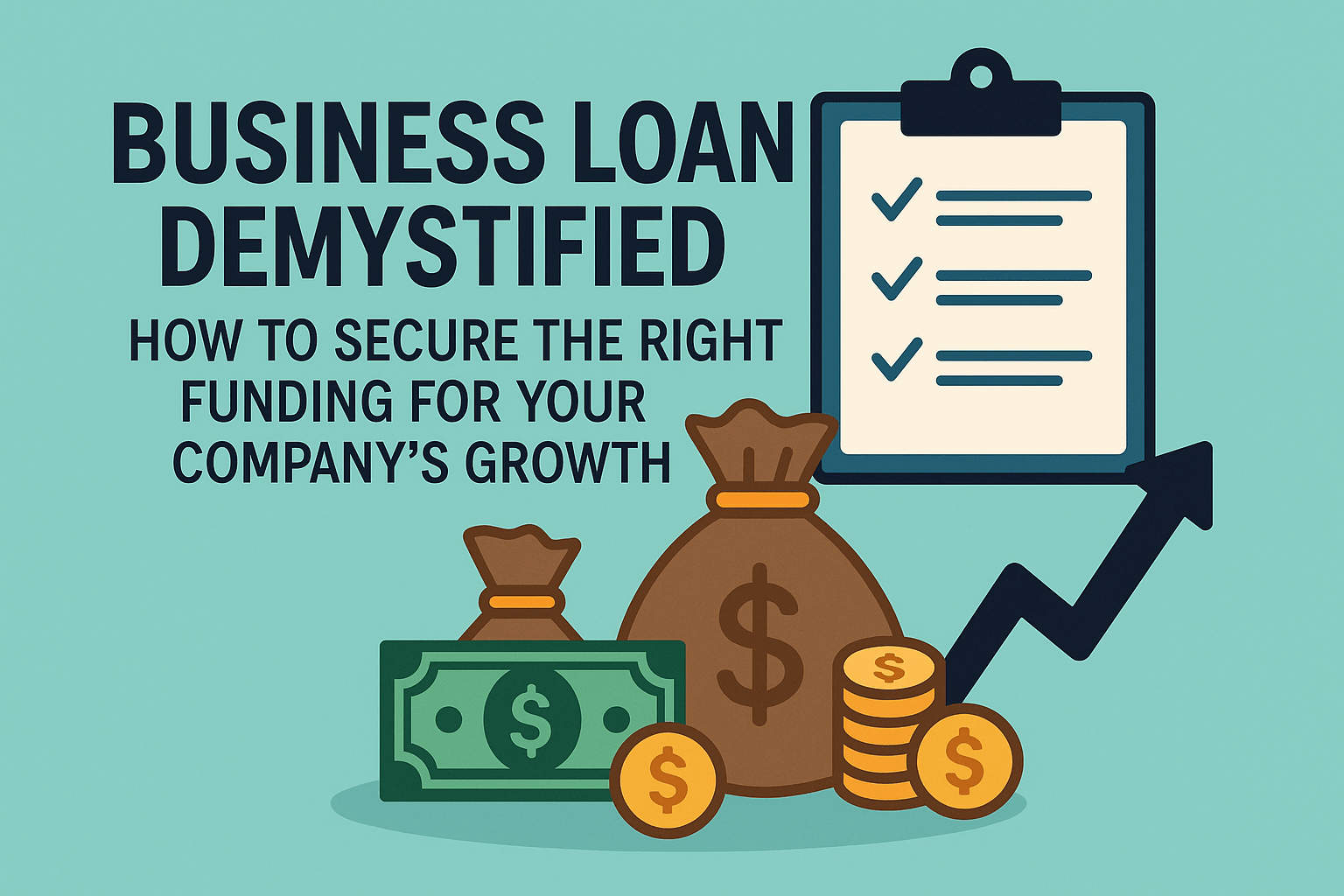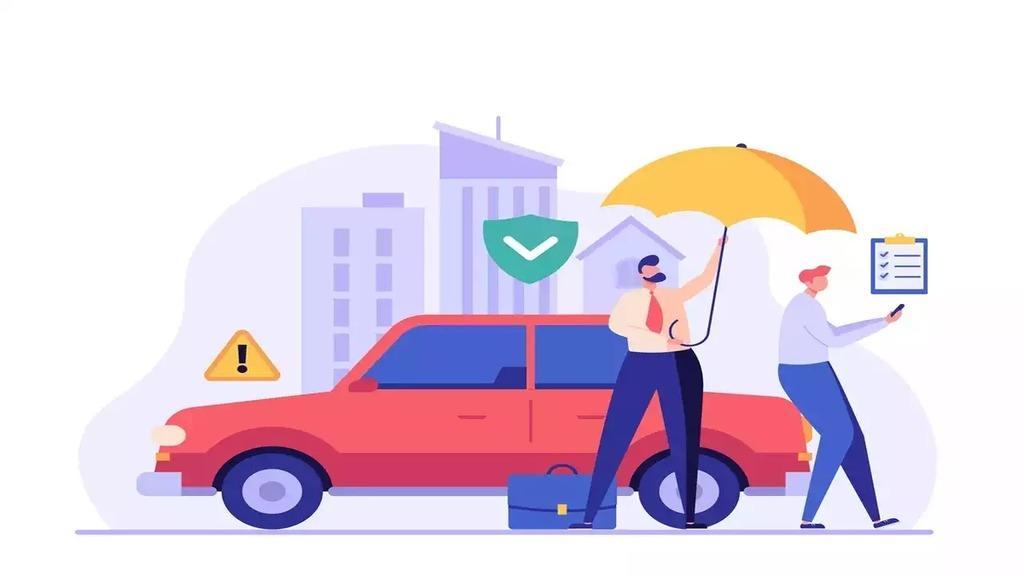“82% of small businesses fail due to cash inflow problems — yet numerous now apply for a business loan. ”
Starting or expanding a business frequently takes further than a brilliant idea; it takes capital. Whether you’re launching an incubator, opening an alternative position, or buying a business, business loans can be a lifeline. But navigating the loan geography can feel inviting.
Which type do you choose? What are the retirement costs? How do you ameliorate your blessing chances?
This composition breaks down everything you need to know about business loans, why they count, how to apply, which miscalculations to avoid, and what the future of business backing looks like.
Why Business Loans Matter in 2025
For entrepreneurs and small business owners, access to capital is frequently the difference between scaling and stagnating. Business loans enable companies to:
- Energy growth (force, staff, marketing)
- Weather, seasonal, or profitable oscillations
- Invest in long-term means like real estate or technology
- figure business credit for unborn backing
In today’s volatile economy, even well-run businesses need a financial cushion to remain competitive. According to the Federal Reserve’s Small Business Credit Survey, 43% of small businesses applied for financing in the past 12 months, most seeking funds to cover operating expenses.
Key Benefits of Business Loans
✅ Save Power
Unlike investors, lenders don’t take equity. A loan allows you to maintain full control over your business.
💼 Build Business Credit
Timely disbursements ameliorate your business’s credit profile, opening the door for larger funding options down the line.
⏱️ Quick Access to Capital
With fintech lenders like Kabbage, Bluevine, and OnDeck, you can get funding in as little as 24 hours.
📈 Strategic Growth
Whether launching a product or entering a new market, business loans allow you to seize opportunities without draining your reserves.
Step-by-Step Companion Guide: How to Get a Business Loan
Step 1: Determine Why You Need the Loan
- Working capital?
- Outfit?
- Debt connection?
- Expansion?
Your loan purpose affects the type of loan and lender you should pursue.
Step 2: Estimate Your Creditworthiness
- Business credit score( generally 0- 100)
- Particular credit score( especially for newer businesses)
- Periodic profit, cash inflow, and time in business
- Most lenders prefer at least a 600 credit score and 12 months in operation.
Step 3: Explore Loan Options
- SBA Loans: Government-backed loans with low rates but longer borrowing times
- Term Loans: Lump sum loans with fixed prepayment schedules
- Lines of Credit: Flexible access to capital when demanded
- Tab Backing Advance on overdue checks
- Trafficker Cash Advances Quick cash, but high interest rates — use with caution
Step 4: Choose a Lender
- Traditional Banks: Chase, Bank of America, Wells Fargo
- Online Lenders Fundbox, OnDeck, LendingClub
- Credit Unions or Community Development Financial Institutions( CDFIs)
Compare interest rates, freights, prepayment terms, and client reviews.
Step 5: Prepare and Submit Your Operation
Typical conditions include:
- Business plan
- Bank statements
- Duty returns
- Profit & loss statements
- Legal documents( licenses, papers of objectification)
Real-World Illustration: How a Bakery Bounced Back
When the COVID-19 pandemic hit, Sweet Crumbs Bakery in Austin, TX, lost over 60% of its profit. proprietor Carla Ramirez applied for an SBA 7(a) loan through her original credit union. The 75,000 she entered helped her launch a delivery service, make an e-commerce store, and hire two part-time motorists. Within 8 months, deals rebounded beyond pre-pandemic levels.
“ Without that loan,” Carla says, “I would have shut my doors. rather, I gauged briskly than I ever allowed possible. ”
Actionable Tips for Loan Success
- Keep records organized: Lenders love clarity. A clean secretary is a competitive edge.
- Maintain a strong particular credit score: Especially important for new businesses.
- Start with a small loan: Figure and trust with lenders, and establish a prepayment history.
- Compare the total cost of borrowing, not just the interest rate. Look at APR, freight, and loan term.
- Use loan calculators like those from NerdWallet or Lendio to estimate disbursements.
Common Miscalculations to Avoid
❌ Adopting further than you need
Leads to gratuitous interest and prepayment stress.
❌ Ignoring the fine print
Watch out for retired freights, repayment penalties, or diurnal prepayment schedules.
❌ Counting only on one lender
Shopping around increases your chances of blessing and getting better terms.
❌ Applying without a plan
Lenders want to know how you will use the finances to grow profit or reduce costs.
What’s Next? The Future of Business Lending
The geography of business backing is changing swiftly. Expect to see:
- AI-powered loan blessings for quick, data-driven opinions
- Blockchain-based lending platforms that reduce fraud and mediators
- More inclusive lending targeting underserved groups, including women and non-aging-owned businesses
- Green business loans with better terms for eco-conscious enterprises
Fintech platforms like Taygo, Funding Circle, and Credibly are already shaping a new era of small business financing—fast, digital, and more accessible than ever.
Conclusion: Business Loans Can Be a Launchpad, Not a Lifeline
When used wisely, business loans can empower entrepreneurs to introduce, expand, and stabilize. But success depends on medication, strategic borrowing, and a clear prepayment plan.
Ready to explore funding?
✅ Identify your needs
✅ Compare lenders and loan types
✅ Download our free loan readiness checklist
💬 “A business loan isn’t a risk—it’s a resource. The key is knowing how and when to use it.”




